Iran and Turkey are dirty winners in Putin’s war
The Middle East’s power brokers are exploiting the Ukraine conflict in a test of US political will.
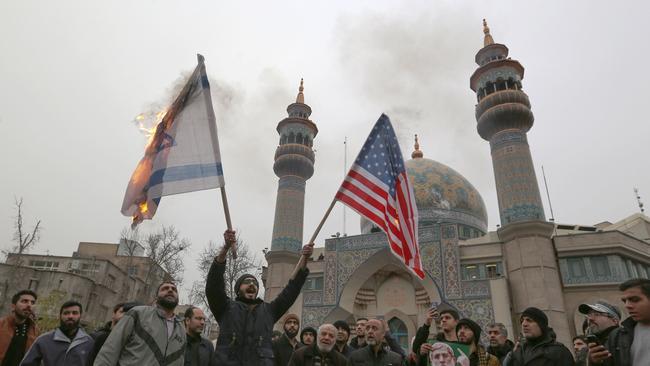
During Covid we became fluent in the language of viral spread, the mysterious way the sickness of animals can jump to humans, race across continents and lay nations low. Now it seems wars can be understood in a similar way. The Russian invasion of Ukraine shows that we have entered the dangerous Age of Spillover. War is set to shift shape, breaking out of the contours of Vladimir Putin’s deluded colonial conquest and infecting the Middle East, where a geopolitical reordering is under way.
It’s not of course that the Ukraine war will simply fizzle out. There is fatigue, yes, but probably another year of fighting before hard-nosed political calculations come into play. US and Russian presidential elections fall in 2024 and both sides will want to claim battlefield victories as political ones. Yet the arc of crisis seems to be oozing away from the Black Sea towards the eastern Mediterranean and the Gulf. In the past 12 months of combat in Ukraine, three power brokers in the Middle East have changed quite radically: Turkey, Iran and Israel. The friction between them, with Russia in the toxic mix, will define whether Ukraine is just the overture to a wider war.
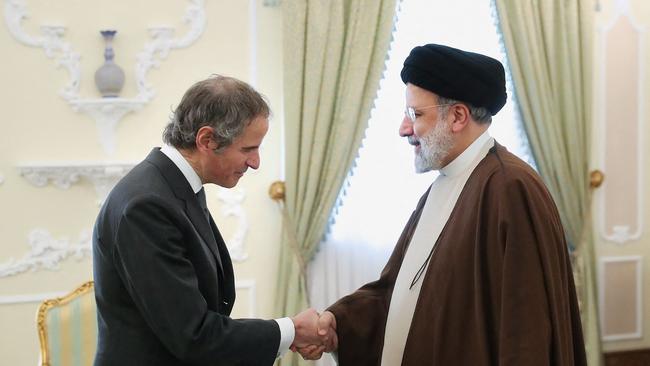
Iran’s rise has been the most striking. A recent International Atomic Energy Agency inspection of Iran’s Fordow underground plant found uranium particles enriched to 83.7 per cent, just short of the 90 per cent required for weapons grade. The IAEA also turned up 3,760kg of enhanced uranium in its stockpiles - 18 times more than was pledged in the 2015 nuclear deal. No surprise, then, that Iran has been behaving with more swagger.
It sees itself today as a fully fledged ally of Russia in its war with Ukraine but also as part of Putin’s attempts to create an alternative order to the US-led liberal democracies. Tehran has become an important supplier (and, according to some intelligence reports, co-operator) of armed drones to blow up Ukrainian infrastructure. It has also built up the largest collection of ballistic missiles in the Middle East and seems ready to let Moscow have some for its war.
For now, the Kremlin seems to be hesitating, perhaps for fear of a US escalation in arms deliveries to Ukraine. Iran, though, has rarely seemed so unchallengeable. The Russian central bank governor is going to Tehran to help the Iranians bypass western banking sanctions. The head of Gazprom popped in last week. Iran has become respectable, at least to its partners inside the anti-American axis of thugocracy.
Little wonder that the new Israeli government of Binyamin Netanyahu sees a compelling need to develop credible military options against Tehran. His pledge, and not just that of his hardline coalition partners, is to prevent Iran from getting a nuclear bomb at any cost. Recent exercises with US forces were supposed to demonstrate that Washington shares the same aim. But what to do if Russia, as part of its increasingly intimate military relationship with Tehran, decides to supply the long-range S-400 missile defence system to guard nuclear sites? What price the lives of the Israeli pilots leading the raid, the feasibility of a military option? The new strength of the Israeli position: compared with before the Ukraine war, there is a much broader international consensus that the 2015 Iran deal is a dead duck. The weakness: attacking Iran is still dependent on Putin’s say so.
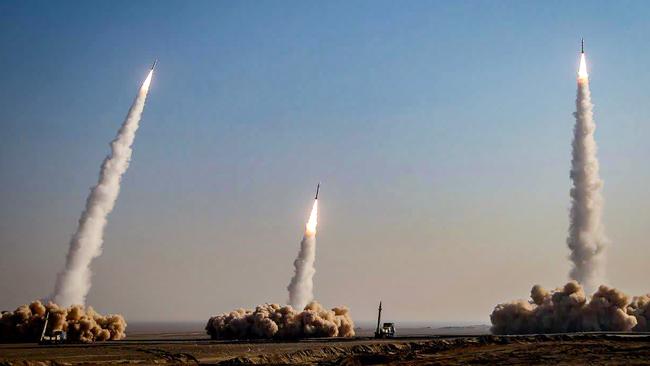
Today’s war talk is thus no longer confined to the strategic hillocks of the field commanders in Ukraine. The injection of new military technology, the first real-life testing of much of Nato’s arsenal, coincides with fundamental uncertainties about the political will of the US.
In Ukraine the anxieties about America’s readiness to continue training and supplying its army are calmed by a conveyor belt of pledging conferences, of cheer-leading top brass arriving by armoured train in Kyiv, of back-slapping summitry. It seems to be working for the time being in eastern Europe, where the US has rarely seemed so present. Less soothing is the sense in the Middle East that the US is a hegemon in retreat.
Turkey under a re-elected Recep Tayyip Erdogan could present itself as the post-American stabiliser. The question is whether Erdogan sees himself as a broker of Iranian, Russian or even Chinese interests in the region. Or whether he believes the more chaos there is, the greater the opportunity.
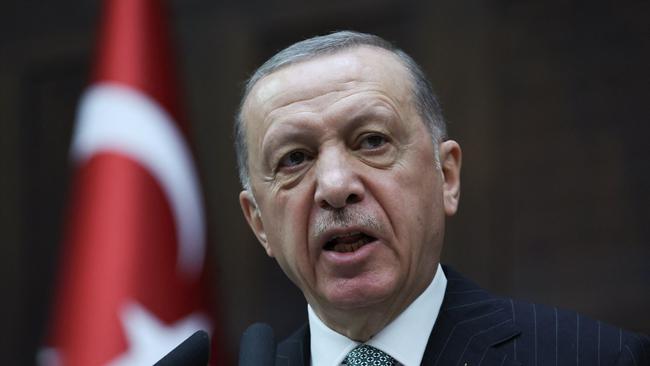
Turkey’s presidential election on May 14 is thus a watershed moment. It could turn out, Erdogan’s critics warn, to be the last halfway free election in Turkey; the next term will see him whittle away what is already seen as a competitive autocracy.
He is playing the cards of all long-stay autocrats - weakening, splitting and using the courts to sidestep the opposition. Three years ago he was seen as the sick man of Europe. With vertiginous inflation and reckless governance, it looked as if he was staggering towards the exit. But since then he has been wheeling and dealing: discounted Russian oil comes Turkey’s way, easing its fuel bills and leaving enough to sell on at a profit. Money comes in from the Saudis, from the UAE; all of it considered to be a bet on “their” guy. The old western formula - we must bust a gut to keep Turkey in Nato - is looking a bit tired, and doesn’t seem to chime with what Erdogan actually wants.
If the Weimar artist Georg Grosz were still around he would paint the state of today’s world, with one set of wars brewing while another slogs on, as a giant casino populated by arms merchants, dictators and chancers. Not a pretty picture.
THE TIMES

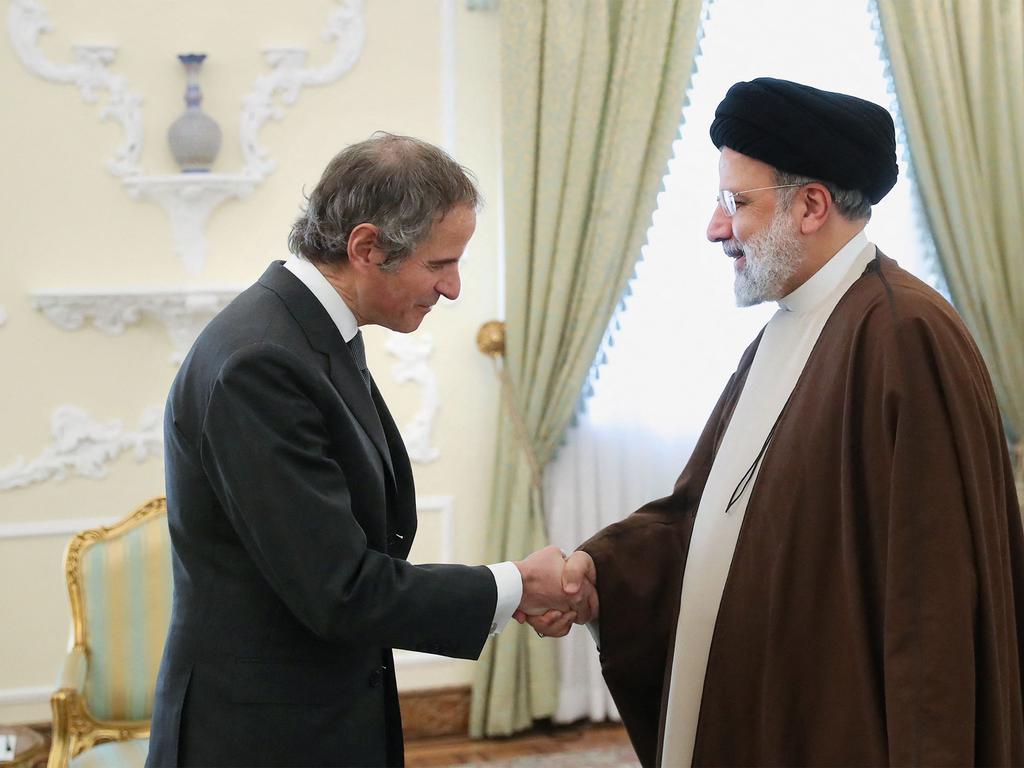





To join the conversation, please log in. Don't have an account? Register
Join the conversation, you are commenting as Logout